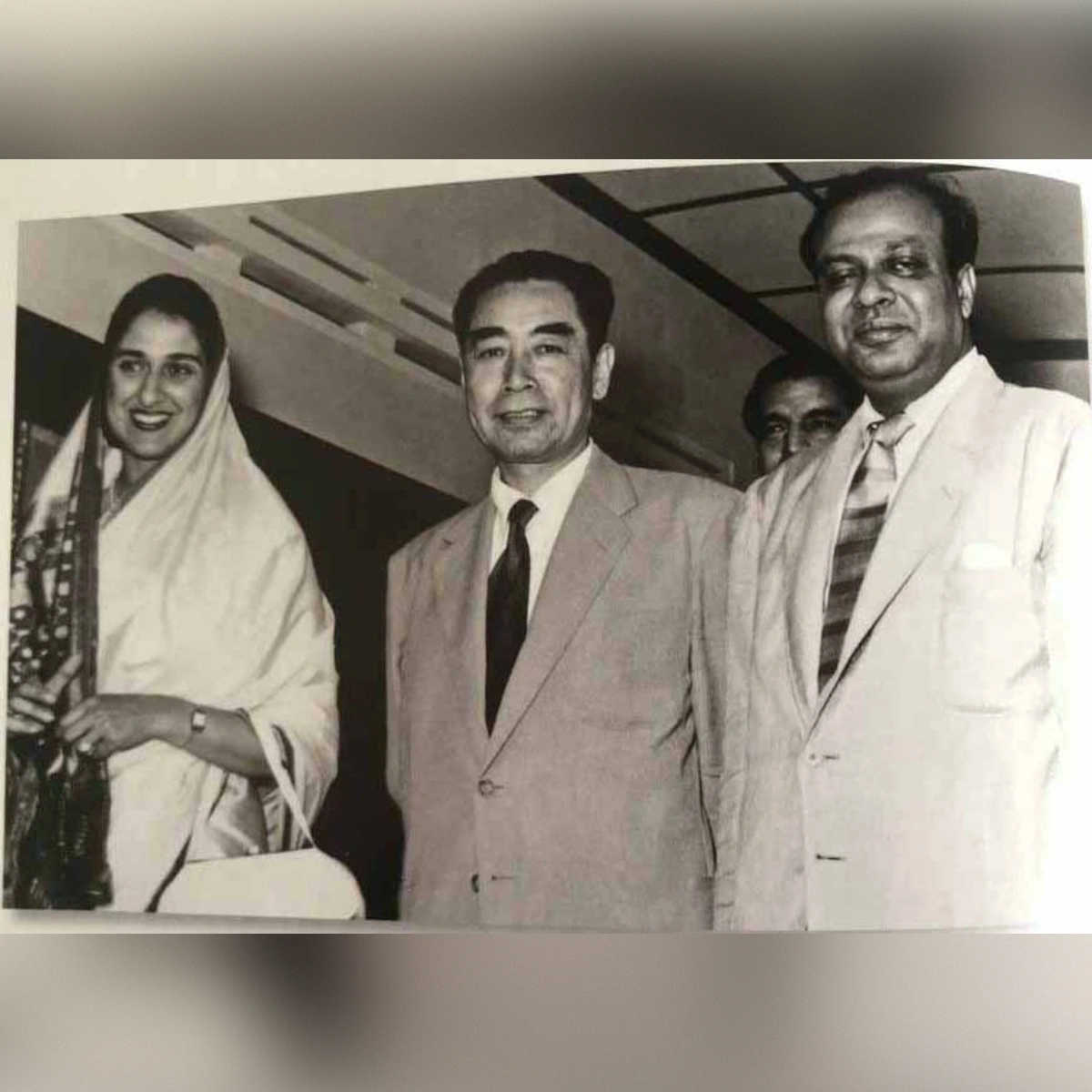In early June, 17-year-old Sana Yousaf was murdered by 22-year-old Umar Hayat after she spurned his romantic advances. Sana was a social media influencer, with nearly half a million followers on Instagram, and almost a million on TikTok. These numbers featured heavily in public discourse following her death, with patriarchal opinion citing her public presence as a rationale, and, in some depraved cases, a justification, for the tragedy.
Sana’s case is yet another tragic instance of gender-based violence in Pakistan. Several others of a similar nature were reported or reshared in its immediate aftermath, with social media playing an increasingly acute role in the lives of both victims and their assailants.
Pakistani women rights organizations have covered such issues of gender inequality and egregious forms of gender violence in considerable detail over the past many decades. The recent release of the Gender Gap report, with Pakistan ranked last among all 148 countries assessed, re-affirms their analysis.
The ranking results prove that the status of gender inequality remains fairly intact. What they may not adequately reflect is how underlying gender dynamics continue to evolve at considerable pace. A case such as Sana Yousaf’s murder, and similar cases involving young women, is a microcosm of these dynamics, lying as it did at the intersection of cross-gender digital interaction, increased public presence of women, and persistence of violent patriarchal norms. Altogether, it provides inadvertent insight into the contemporary nature of gender norms in Pakistan, and what may lie ahead.
There are several aspects related to gender norm transformation worth detailing. The first relates to the status of women in public social life through the education sector. Within the large out-of-school population of nearly 25 million, 53% are girls. The drop-off remains particularly stark at the secondary level, with girl student attrition being 10% higher than boys. Pervasive logistical issues of distance, combined with social norms around female mobility and safety explain the persistence, despite multiple interventions from successive governments as well as international aid agencies.
The story, however, has grown slightly more complicated at the higher education level. According to the 2023 census, the national gender gap in post-secondary education appears to have shrunk considerably for the age cohort between 20 and 29. Men and women between these ages are equally likely to be enrolled in a university program. At the graduate level (Masters and above), the percentage share of women enrolled is now higher than men within this age group.
This is a stark transformation over the space of a generation. Among Pakistanis aged 40 and above, men are twice as likely to have an undergraduate or a Masters degree compared to women. The scale of this shift is quite staggering. Despite the persistence of patriarchal social norms in many domains, university education, though limited to a segment of the population, is now at least an equally viable option for both men and women among that segment.
Why does this matter, especially given the prevailing gender gap at the school level? It matters because of the long term impact that higher education exposure may have on a number of other societal aspects. Chief among them is participation in social life and the labour market.
While Pakistan’s public spaces remain heavily male dominated, its digital domains are decreasingly so. The digital gender divide, at 25 pc, has been shrinking compared to previous years. According to the GSMA Mobile Gender Gap Report 2025, about 45 pc of age-eligible women are using mobile internet. While still low, this is relatively better than comparable countries in the region. Women’s footprint on social media, whether it is for commerce or curation of digital identities, is increasingly visible in a way that the offline world – of bazaars, workplaces, public squares, and accessible venues for leisure – is usually not.
But even there, anecdotal data, and some extrapolation from the census, shows that the situation may be changing. Women, long subjected to arduous agricultural labour or unremunerated social and biological reproductive work, are increasingly active in other sectors. This includes conventional domains, such as teaching, health and childcare, and domestic work, but also in the retail/wholesale services sector, public sector employment (including in high-status roles through the CSS exam), and via digital platforms. These numbers, currently small, will show up in the data soon enough.
It's still too early in the trend to ascertain concrete causes of this shift. The cost of living crisis that eroded household incomes by nearly 50 percent over a 3 year period (2021-2024) likely played a major part. But without the accumulation of skill through education among young women, this gradual entry into the labour force would not have been possible.
Another aspect commonly associated with increased education is personal autonomy, especially on issues of marriage and fertility. The data here too shows some progress. Between 1990 and 2017, the median age of marriage rose by just under two years, from 18.6 to 20.4. The rise was higher among women with more years of education. The same trend is replicated in age of first conception, with more educated women having a child on average two years later than those with fewer years of education.
It is worth repeating that these are marginal gains, and Pakistan (and South Asia) generally lags behind the rest of the world on most gender autonomy measures. Entrenched social norms limit female mobility and greater public participation in key arenas, such as electoral politics, which shuts off avenues for reform through greater representation of women.
But the sheer weight of mass demographic shift cannot be ignored. And that brings us to the issue we opened with. The experience of North Africa, and Central, East, and Southeast Asia, tells us that education attainment, labour force participation, and the exercise of personal choice precedes mass change in social norms, particularly among men; meaning that women demographically push the boundaries set by patriarchy, and only then do norms and mores become more permissive.
The lag between changing reality and slowly acclimatising norms is a dangerous space. It is precisely here where crises of masculinity manifest, honor-based politics becomes more common, and violent backlash surfaces. The underlying driver in Sana Yousaf’s case, for example, was age-old masculine violence. But it was at least partly enabled by a digital domain that reconfigures the space for women in Pakistani society.
Similarly, as the economy lurches through its boom-bust cycles, and broad-based growth remains elusive, labour market competition will grow more acute. Conflict over material resources in Pakistan, usually confined among men of different ethnic and socio-economic backgrounds, may include women in the near future as well. This opens up another vector of increased insecurity.
Conservatives of various stripes observe these risks and reason that a reversion to entrenched inequality is the best course of action. In other words, women should remain confined and invisible for their own safety. Leaving aside that much violence happens in private settings (and is at the hands of close relatives), the conservative position misses the larger point. The shift is not necessarily ‘ideological’, injected externally by the feminists and anti-traditionalists they frequently accuse. It is primarily structural in nature, accumulating through the micro, everyday actions of millions of Pakistani women across at least two generations. Structures cannot be reversed easily, though many will no doubt try to do so through violence. And this is precisely why the coming years will provide a sterner test of the state’s capacity and (to date, rhetorical) resolve to protect women in this country than at any other period in the past.





